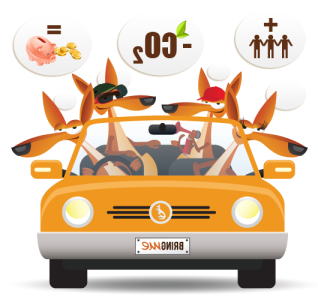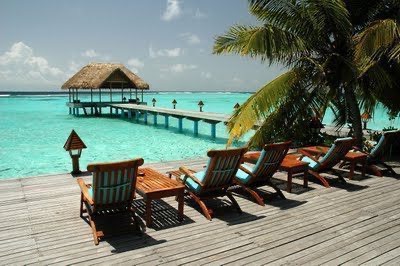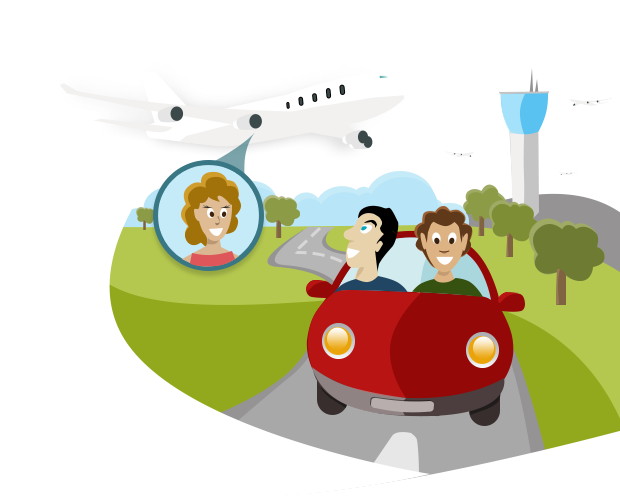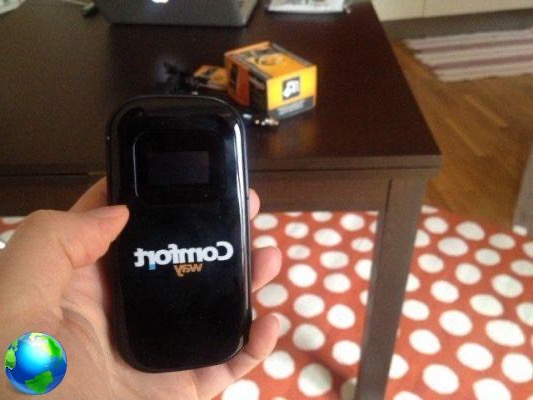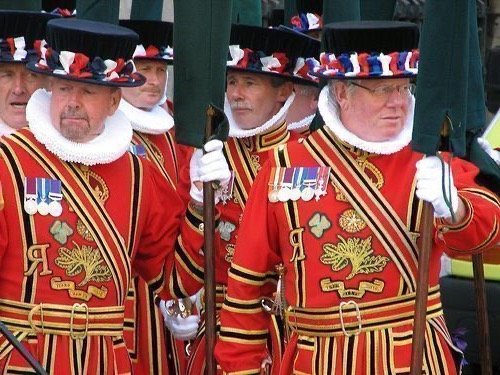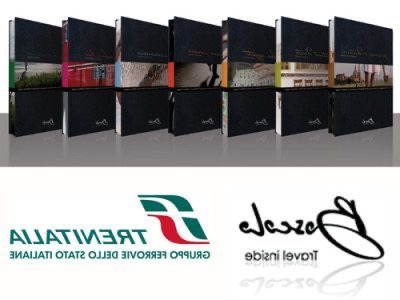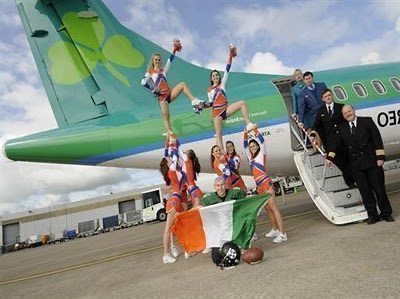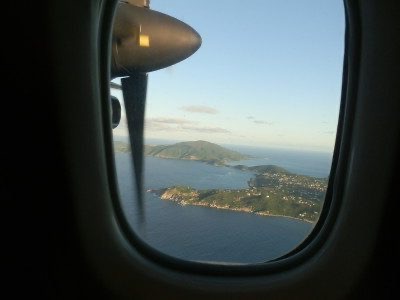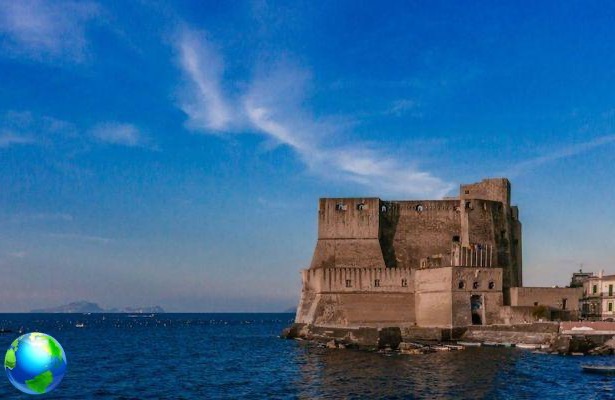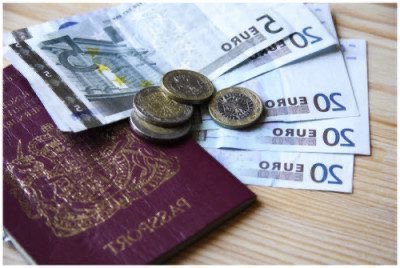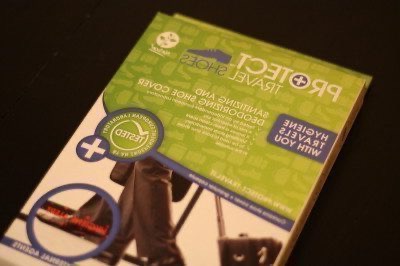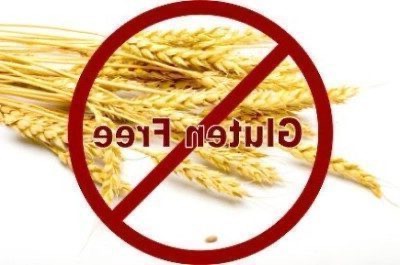
Organize a trip with a celiac travel companion it is not always easy, but not impossible. Traveling and finding how and where to eat gluten-free is not easy but there are some tips that I can also suggest, who am not celiac, but that I found in my research on the internet there are. In Italy it is obviously always good to deal with theItalian Celiac Association while abroad there are other sites where it is possible to find information on recognized restaurants or supermarket food chains.
Le Labels of gluten-free products differ enormously from country to country, so it is important to know what you are dealing with before going on a trip. When you are celiac, you cannot simply rely on products labeled 'gluten-free', but you also need to know what that label means where you are. In some countries, legislation exists to prevent companies from labeling their gluten-free products except those that meet high safety standards. Other countries instead they're free to label products with 'gluten-free' without respecting some rules base. This is why it is important to understand the labels.
THEEuropean Union we have used Codex Alimentarius as a standard for gluten-free labeling. At the beginning of January 2012 the new legislation came into force. In supermarkets there are now two categories of gluten-free labeling, 'gluten-free' and 'low gluten presence'. Only products that contain less than 20 ppm can be labeled 'gluten-free'. Products that contain between 21 and 100 ppm are labeled as 'low gluten presence'.
- United States I am, at least for once, very late on gluten-free labeling. There are some companies using it to produce products that are genuinely safe for celiacs. Some companies have 100% gluten-free factories and some companies have products below 20ppm and others certified by the GFO. However, a unanimous law here is still far from guaranteeing celiac products that are absolutely safe for everyone.
In Canada they have recently improved the legislation with new labeling. Many foods were questioned as early as 2008, then in 2011 the law was announced and made mandatory at the beginning of theAugust 2012. All products sold in Canada must comply with the new legislation since August 2012 which says that nothing can be labeled gluten-free anymore if it has a gluten content above 20 ppm.
Australia e New Zealand they have the stricter legislation on gluten free labeling around the world. The products here cannot be labeled as gluten-free unless there is detectable gluten. This means that a product can be labeled as gluten-free, even if it contains an ingredient from a gluten-containing source, such as glucose syrup. So if a product is labeled as 'gluten-free' in these countries, it means that it overrides any possible gluten references.
In Argentina a law was passed in 2009 to ensure that celiacs could safely buy gluten-free products here too. Products labeled as gluten-free must contain less than 10ppm of gluten by law.




